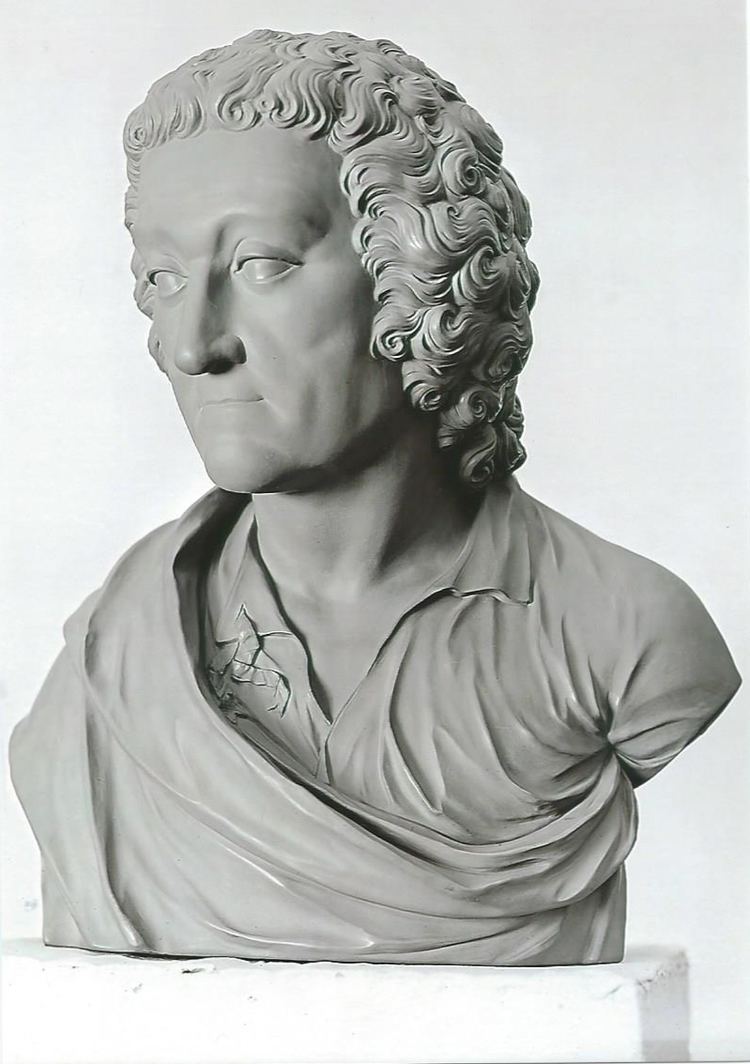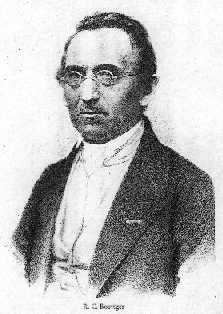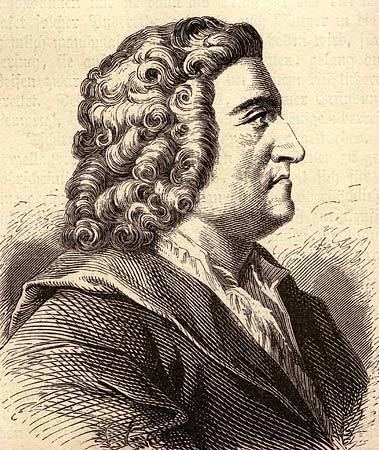 | ||
Died 13 March 1719, Dresden, Germany | ||
Johann friedrich b ttger denkmal
Johann Friedrich Böttger (also Böttcher or Böttiger; February 4, 1682 – March 13, 1719) was a German alchemist. He was born in Schleiz, and died in Dresden and is normally credited with being the first European to discover the secret of the creation of hard-paste porcelain in 1708, but it has also been claimed that English manufacturers or Ehrenfried Walther von Tschirnhaus produced porcelain first. Certainly, the Meissen factory, established 1710, was the first to produce porcelain in Europe in large quantities and since the recipe was kept a trade secret by Böttger for his company, experiments continued elsewhere throughout Europe.
Contents

Biography

Around 1700, as an apprentice chemist with the pharmacist Zorn in Berlin, Böttger locked himself up to discover in private the Alltinktur or Goldmachertinktur, an alchemist's secret substance with which supposedly any disease could be cured and base metals converted into gold. His activities did not stay secret for long and soon he was regarded as an adept in alchemy. When King Frederick I of Prussia learned of this, he requested that Böttger be taken into "protective custody". Böttger escaped, but was detained and taken back to Dresden. The monarch of Saxony Augustus II of Poland, who was always short of money, demanded that Böttger produce the so-called Goldmachertinktur in order to convert base metals into gold. In 1704, von Tschirnhaus was ordered to oversee the goldmaker. Presumably by involving Böttger in his experiments, he spared him the fate that overtook former alchemist adventurers. Böttger, however, was not interested, and refused any cooperation until September 1707. He did not want to be involved with porcelain, which he thought was von Tschirnhaus' business. Only when ordered by the king did Böttger start to cooperate.
In December 1707 the king went to the new laboratory that had been furnished for von Tschirnhaus in what is today Brühlsche Terrasse in order to examine the invention.
Under von Tschirnhaus' supervision and with the assistance of miners and metal workers from Freiberg, experiments with different clays continued. Substantial progress was achieved in 1708 when two shipments of minerals proved to be suitable: a sample of kaolin from Schneeberg and alabaster as flux material. August the Strong appointed von Tschirnhaus to Privy Council and director of a manufacture which was still to be set up. He decreed "that von Tschirnhausen was to be paid off 2561 Thaler". Von Tschirnhaus asked to earn this title only after the production had been started. When Von Tschirnhaus died suddenly, on 11 October 1708, the project came to a halt.
The origins of porcelain date back to 200 BC. One thousand years later the production of translucent porcelain succeeded in China, and Chinese porcelain became known in Europe through trade, arousing admiration and envy. But its composition and method of manufacture were a mystery. Porcelain was valued as equal to silver and gold and indeed was also referred to as white gold. Until 20 March 1709, when Melchior Steinbrück arrived in Dresden, the porcelain works were suspended. Steinbrück was the tutor of von Tschirnhaus' family and now was in charge of administering the estate. Among others he got hold of the formula to make porcelain. On March 20, 1709 Steinbrück signed the list of assets before a notary and met Böttger, who suddenly on March 28, 1709 notified the king about the invention of porcelain. Böttger became head of the first porcelain manufacture in Europe.
In 1719 the arcanist Samuel Stölzel escaped from Meissen to Vienna and betrayed the secret of porcelain production. He claimed that Tschirnhaus and not Böttger had discovered porcelain. Also in 1719 the secretary general of the manufacture in Meißen, Caspar Bussius reported: "that the invention of porcelain is not due to Böttger but von Tschirnhaus and that Böttger received the written 'science' from Steinbrück".
In a later report from 1731, Peter Mohrenthal wrote: "All of Saxony will remember von Tschirnhaus and his fame will persist forever, as long as the porcelain factory in Meissen is unique besides the Chinese one... Since Mr Tschirnhaus is the first who luckily found the secret to porcelain while the reputed baron Böttger later worked out the details... Because death disrupted all endeavours of Mr. von Tschirnhaus, which the world can not pay for with gold."
Böttger ware
In the late 17th century Chinese Yixing clay teapots, made of special Yixing clay, were imported to Europe along with China tea. They had long been popular in China, as the unglazed stoneware is said to improve the taste of tea. The unfamiliar material inspired attempts to imitate it, and one Delftware manufacturer announced in 1678 that he was making "red teapots", of which no examples are known to survive. Some red stoneware by rival Dutch potters from about 1700 does survive, closely copying Yixing pots in style. Böttger was in contact with some of these and developed a rival "Böttger ware", a dark red stoneware first sold in 1710, and manufactured and imitated by others, all up to about 1740. It is a very significant stage in the development of porcelain in Europe.
In literature
The story of Johann Friedrich Böttger is the theme of Gustav Meyrink's Goldmachergeschichten. His name is changed to Johann Friedrich Bötticher.
